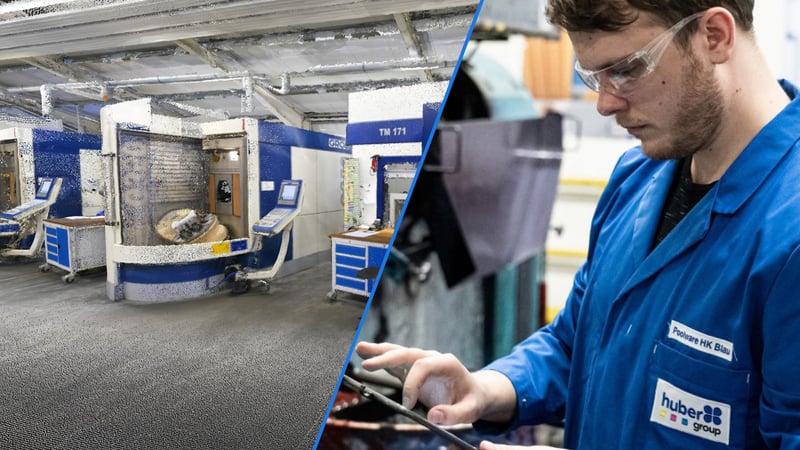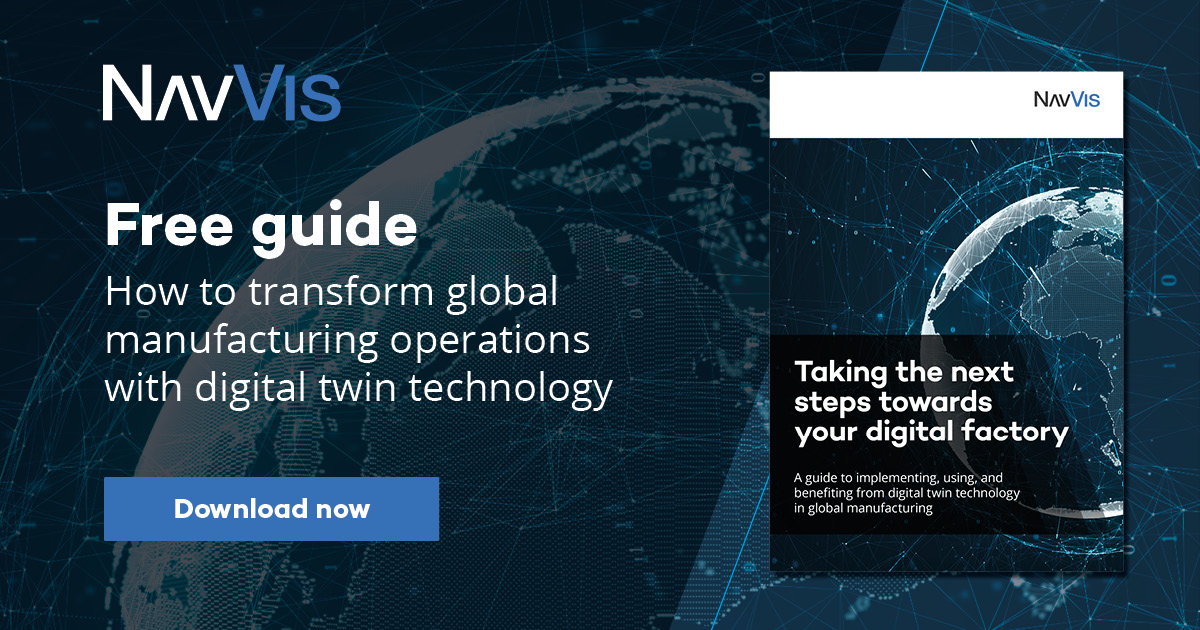What is a digital factory, and how do they relate to digital twin technology? The connection is closer than you might think.
The promise of digitalization in manufacturing – a digital factory – is to address the challenges and bottlenecks in modern manufacturing, while also reconfiguring the production network into something that’s future-proof and adaptable.
So, what are the existing concepts in play? According to standard 4499 established by the Association of German Engineers (VDI), a digital factory is a generic term for a comprehensive network of digital models, methods, and tools – including simulation and 3D visualization – integrated into a continuous data management system. A digital factory's goal is for holistic planning, evaluation, and constant improvement of all the main structures, processes, and resources of a real factory in conjunction with the product.
The people needed for a fully functioning digital factory are the same as those needed in an ordinary factory – operations managers, site managers, engineers, and operators, but their day-to-day tasks are routed through a single data environment customized for their specific needs.
Now let’s focus on the keywords “simulation” and “3D visualization” mentioned earlier. These areas have seen the most exciting developments in recent years thanks to major advances in digital twin technology. The manufacturing industry is transitioning from static computer aided design (CAD) models and 2D floorplans to fully interactive 3D models that can be enriched with additional information.
The definition of a digital twin given by Gartner Research in the “Hype Cycle for IT Evolution in Manufacturing 2019” is as follows:
“A digital twin is a virtual representation of an entity such as an asset, person or process and is developed to support new or enhanced business objectives. [...] Required elements to meet business objectives are model, data, a one-to-one association, and monitorability, optional elements are analytics, control and simulation."
The key feature of the digital twin is the symbiotic relationship between the physical and virtual objects, where the exchange of data is bilateral and automatic. Any changes in the characteristics of the physical object are carried over to its digital twin, and vice versa. Such capabilities are extremely valuable in a continuous data management system.
“Digital copy” and “digital shadow” are terms sometimes mentioned in relation to digital twins, but there are subtle differences between the three. A digital copy is like a digital twin: a representation of an existing object in digital form, but with the key distinction that a modification of the condition of the physical object will not be carried over to the digital copy (and vice versa). Meanwhile, a digital shadow is a strictly one-way automated data exchange, where a change in the physical object is reflected with changes to the virtual object – but not in the other direction.

The three categories of digital twin
The definition we have for a digital twin is as good as any. So, let’s bring it into our discussion about the digital factory. Another reputable source, this time PWC in “Digital Factories 2020”, defines not one but three different kinds of digital twin for industrial application.
The three categories of digital twin are:
- Digital twin of the product: A digital twin of the product is a digital representation of the product and links Engineering and Product Lifecycle Management (PLM) with factory operations. It is engineered as part of the R&D process and helps drive front-loading in product development by making it possible to simulate and test the product at an early process stage.
- Digital twin of the production asset: A digital twin of one or more production assets is used for design, virtual startup, and ongoing operation. The focus is on simulating an asset’s operations, to set and optimize its key parameters and enable concepts such as predictive maintenance or augmented reality.
- Digital twin of the factory: The digital twin of the factory helps plan, design, and construct the factory building and infrastructure. It can be used to support testing, simulating, and commissioning the building.
For our purposes, the last two sub-definitions – a digital twin of the factory and a digital twin of the production asset – are the primary areas addressed in the NavVis Digital Factory Solution.
A digital twin of a factory isn’t just limited to a single model, either. Imagine if production processes for multiple sites around the world were virtually represented; it would allow for a global visualization of operating performance. Dashboards could be established to visualize the data in real time, for example, comparing different sites and identifying new insights and shop-floor improvements.
The use of a digital twin is an essential ingredient for success when getting started with a digital factory.
Ready to learn more? Download our new guide, Taking the next step towards your digital factory, where you will find further information about implementing, using, and benefiting from digital twin technology in global manufacturing.


